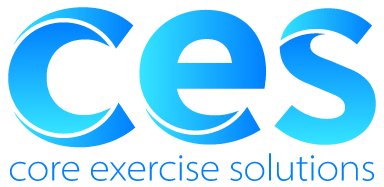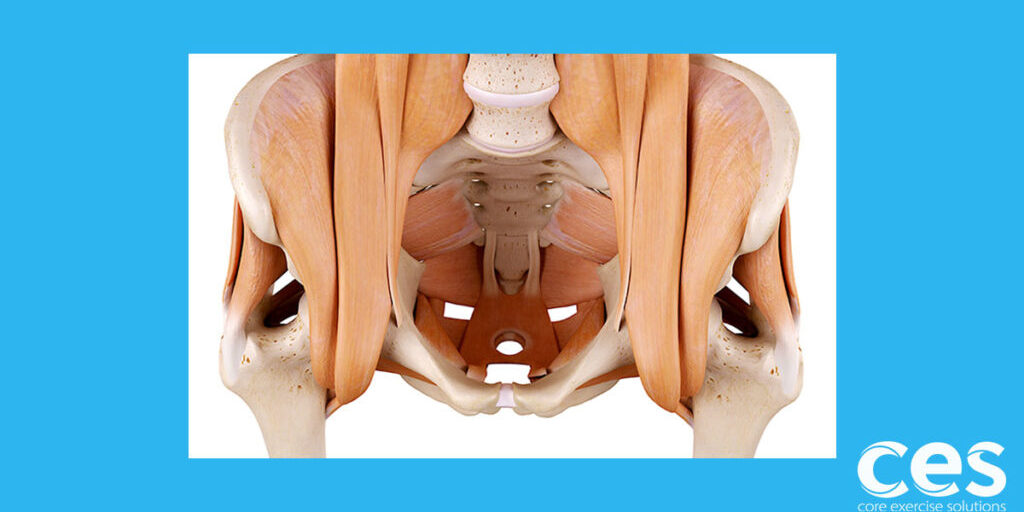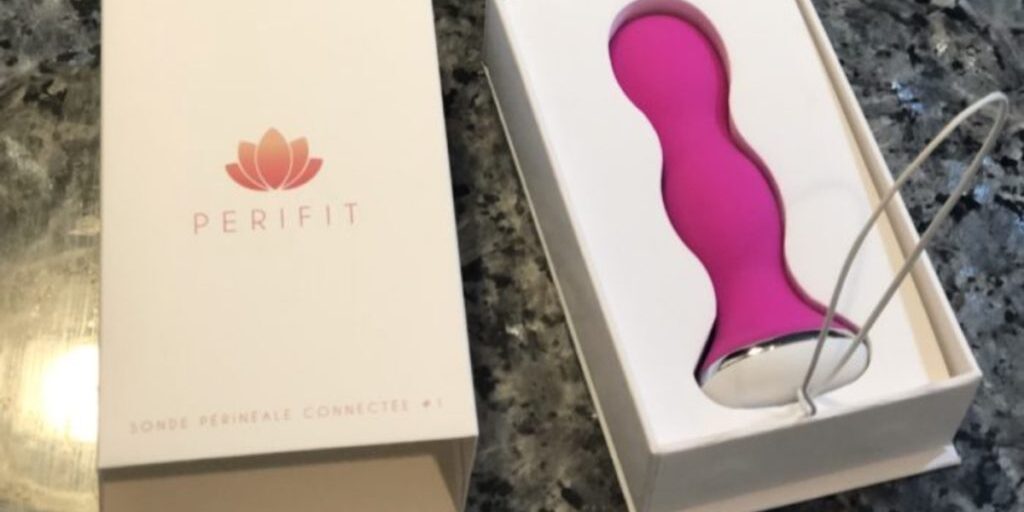Why do a lot of therapists and doctors prescribe kegels for everything pelvic floor related and is it the best approach?
Ok, let's back up with a quick lesson. There are different types of pelvic floor "issues" from weakness to tightness to pain to leaking and prolapse and a lot of them overlap. In the therapy world, I feel like great lengths are taken for diagnosis and that initial visit can be awesome, but then when it comes time to talk treatment or troubleshooting down the road, it's the same old thing. Kegels, bridges, and clams whether you have a tight pelvic floor or an inactive one, hypertonic or hypotonic, if you will.
Clearly, this approach doesn't work considering the number of people I get that "tried kegels" under the guidance of a professional, so we know they were doing them right, but they just made the person worse. I hear this story a lot. Or they tried kegels and it only helped a little and no matter how many kegels they did, their pelvic floor never got any stronger.
When asking the health care professional why their pelvic floor isn't getting better, the healthcare expert simply says, "you should do more kegels." I guess if all you have is a hammer, then every issue is treated like a nail. Don't get me started on the surgeons that say prolapse can only be addressed through surgery. ?? (Sometimes surgery is needed, but certainly not every time and definitely not before seeing a great PT.)

I like to ask the question why A LOT because I truly need to understand the mechanism of why something would work before I want to give it out. So, let's talk some whys and see where we get...
When it comes to the pelvic floor, your muscles can be tight and weak. Meaning you could:
- Have a difficult time starting a stream of urine, or
- Suffer from constipation, or
- Penetration could be painful, or
- Could have some discomfort around your tailbone, or
- Maybe you just have one side that's tight and that just causes you to feel like you can't get a good contraction and maybe a little SI Joint pain or pain deep in your butt to go with it.
- Tightness can also cause prolapse symptoms.
A tight pelvic floor is often a weak pelvic floor because if you can't get a muscle to lengthen, you can't get a subsequent great contraction. As a therapist, we all know this. Diagnosis is the easy part.
Free Pelvic Floor Educational Series
Dr. Sarah Duvall, PT, DPT, CPT and the CES Team have helped thousands of women create the strength and stability needed to overcome common and not-so-common pelvic floor issues.
Join us today for this 4-part Pelvic Floor Video Series, absolutely free.
We don't spam or give your information to any third parties. View our Terms of Use and Privacy Policy.
Having trouble signing up? Click here

So, that brings me back to the question, why would anyone prescribe kegels to this group of women that are tight? Why would trying to contract a muscle that's already tight help in any way shape or form?
I came up with a reason! I was thinking through it out loud in front of an ortho/pelvic floor PT at a course recently.
If I get a patient with neck and shoulder tightness and I'm having trouble getting that person to realize they are holding their shoulders up by there ears, I might have them do shrugs to build awareness on the amount of tension they are holding in this muscle. Sometimes they simply don't know they are holding it tight. If we look at your upper traps being just like the pelvic floor, tight and weak through a full range of motion, I could theorize that doing a kegel or two could potentially lend a realization that you're holding tightness in this area. I cannot wrap my mind around why a 100 a day would help as the first line of action for this particular scenario???
When I mentioned this shrug theory to the PT at this course, she goes, "well shrugs wouldn't be my first treatment choice for a neck patient."
Exactly!!!! So, why are kegels the first treatment choice for anything pelvic floor related, including tightness?
We know that if the pelvic floor is tight it's probably also weak and tightening an already tight muscle is not my first treatment choice for getting it stronger.
When treating neck and shoulder tightness, we almost never address the tight muscle directly, except through teaching it relaxation with manual therapy. (Side note: manual therapy for a tight pelvic floor is awesome and always a good choice!) With the neck tightness, we would then address everything around it, looking at serratus activity, middle and lower traps, pec minor over recruitment, breathing, etc, etc. Once we get stability and strength for the neck and shoulder coming from more than the upper traps and levator, we usually get relief for the neck. The tightness lets go because the system finally has support.
That's a smart treatment approach. We are specific with the muscles we target for treatment and the why behind how it works! Now, let's apply the same logic to the pelvic floor. When the pelvic floor is tight, it's probably doing too much work and a smart approach would be to look at all the muscles surrounding the pelvic floor and find out who's weak or not coordinating and who's making the pelvic floor overwork and subsequently become tight. It's not always the pelvic floors fault.
Why am I not a fan of bridges and clams? They are great exercises but they primarily focus on the concentric phase of contracting the glutes. This usually leads to more tightness. I prefer exercises that focus on lengthening the glutes and deep rotators, working the eccentric, which carries over to lengthening the pelvic floor. I also prefer addressing the surrounding muscles, including the core, diaphragm, adductors, iliacus, etc, to look for weaknesses and imbalances. Then, adding back in some concentric glute work later is often a good choice once you've dealt with the tightness.
The other thing I like to do is tell the pelvic floor to relax and I do that by really getting people to focus on their inhale. I love pairing this with mindfulness meditation. If you can get a great inhale down, the pelvic floor will subsequently relax. Once we get the pelvic floor to relax some, while working other muscles to provide strength and balance to the pelvis, we can start adding back in some pelvic floor contractions to provide total strength and balance to the system. This may take weeks before the person is ready. More tightening is not often the best first line of treatment for someone with a tight pelvic floor.
So, if you go see a PT or your doctor and they say, "you have a tight pelvic floor" and then they say, "I want you to do 100 kegels a day." Please ask them why after they just explained to you that the muscle was in a tight, shortened state, do they want you to work it more? Wouldn't a better approach be to address this tight, shortened state and the why behind it being that way? Then add kegels later once that is fixed.
I think that the view of pelvic floor treatment often gets very tunnel visioned. Every pun intended. Ha! If we look at the pelvic floor just like any other part of the body, we have to treat the surrounding system to fix the tightness and dysfunction.
So, when are kegels the best first line of treatment.... stay tuned!
Are you a professional that helps women and want to gain the most in-depth knowledge possible on recovery exercises? Join us for the Pregnancy and Postpartum Corrective Exercise Specialist Certification!









